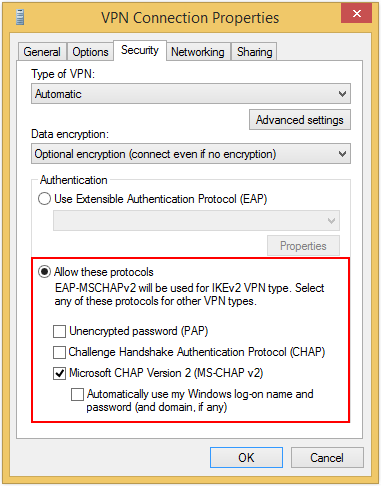Featured
Table of Contents
General Troubleshooting - Sophos Connect

The Routing and Remote Access snap-in lives within the Microsoft Management Console, known as the MMC. There are several methods to access the MMC. You can select the console from the Start menu's Programs choices, within the Administrative Tools folder within Windows server's Control board or by typing mmc at a command prompt.
As Tech, Republic's Brandon Vigliarolo demonstrates within his video at the start of this post, the Providers console shows the status of the Routing and Remote Gain access to entry. From within the Services console and with the Routing and Remote Access entry highlighted, you can click Start the Service or right-click the entry and choose Restart.
Often the VPN customer and VPN server are set to utilizing various authentication techniques. Confirm whether an authentication mistake is the issue by opening the server console. Yet another technique of accessing the MMC is to type Control+R to open a command timely in which you can type mmc and struck Get in or click OK.
If the entry isn't present, click File, select Add/Remove Snap-in, choose the Routing and Remote Gain access to choice from the options and click Include, then OK. With the Routing and Remote Gain access to snap-in added, right-click on the VPN server and click Properties. Evaluate the Security tab to verify the authentication method.
Why Your Vpn Keeps Disconnecting And How To Prevent It
Ensure the VPN customer is set to the authentication approach defined within the Security tab. Usually the items simply reviewed are accountable for many VPN connection refusal mistakes.
IP addresses are another basic element for which administration must be appropriately set. Each Web-based VPN connection normally uses 2 various IP addresses for the VPN client computer. The very first IP address is the one that was assigned by the customer's ISP. This is the IP address that's used to establish the preliminary TCP/IP connection to the VPN server over the Internet.

This IP address normally possesses the very same subnet as the regional network and hence permits the client to communicate with the regional network. When you established the VPN server, you need to set up a DHCP server to appoint addresses to customers, or you can create a bank of IP addresses to assign to clients straight from the VPN server.

If this option is picked and the efficient remote access policy is set to allow remote access, the user will have the ability to connect to the VPN. I have actually been unable to re-create the circumstance personally, I have actually heard reports that a bug exists in older Windows servers that can trigger the connection to be accepted even if the effective remote access policy is set to deny a user's connection.
Vpn Stopped Working: Here Are 4 Quick Tips To Get It Back
Another typical VPN issue is that a connection is effectively developed but the remote user is unable to access the network beyond the VPN server. Without a doubt, the most typical reason for this problem is that permission hasn't been given for the user to access the whole network. To allow a user to access the entire network, go to the Routing and Remote Gain access to console and right-click on the VPN server that's having the problem.
At the top of the IP tab is an Enable IP Routing check box. If this check box is allowed, VPN users will have the ability to access the rest of the network, assuming network firewalls and security-as-a-service settings permit. If the checkbox is not picked, these users will have the ability to access just the VPN server, however absolutely nothing beyond.
If a user is dialing straight into the VPN server, it's usually best to set up a fixed route in between the client and the server. You can configure a static route by going to the Dial In tab of the user's homes sheet in Active Directory Users and Computers and selecting the Apply A Fixed Path check box.
Click the Add Path button and then get in the destination IP address and network mask in the space supplied. The metric ought to be left at 1. If you're utilizing a DHCP server to designate IP addresses to clients, there are a couple of other problems that might cause users not to be able to surpass the VPN server.
7 Common Vpn Security Risks: The Not-so-good, The Bad, ...
If the DHCP server designates the user an IP address that is already in usage somewhere else on the network, Windows will spot the dispute and avoid the user from accessing the rest of the network. Another common problem is the user not getting an address at all. Many of the time, if the DHCP server can't assign the user an IP address, the connection will not make it this far.
If the customer is appointed an address in a range that's not present within the system's routing tables, the user will be unable to navigate the network beyond the VPN server. Make sure the resources the user is attempting to gain access to are actually on the network to which the user is connecting.
A VPN connection to the other subnet might, in truth, be needed. A firewall program or security as a service solution might also be to blame, so don't forget to evaluate those solutions' settings, if such elements exist between the VPN server and the resources the user seeks to reach.
The first possibility is that one or more of the routers included is carrying out IP packet filtering. I advise inspecting the client, the server and any devices in between for IP packet filters.
Latest Posts
The Best Vpn Of 2023 - Cnn Underscored
Best Vpn Companies: Protect Yourself Online
How To Troubleshoot Common Vpn Issues